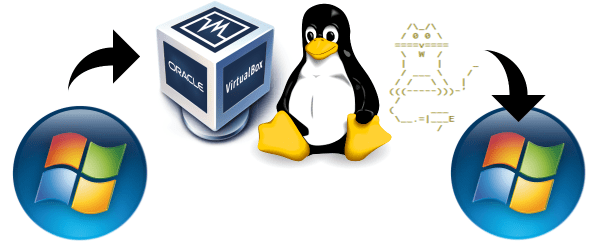Team Tahmo has a plan to put a network of 20,000 weather stations across sub-Saharan Africa. That’s an impressive goal, and already they have pilot stations in Senegal, Chad, Nigeria, Uganda, and South Africa. For their Hackaday Prize entry, they thought it would make sense to add more advanced sensors to their weather stations, and came up with GPS, lightning, and large scale soil moisture sensors.
The sensors already deployed have the usual complement of meteorological equipment – thermometers, anemometers, barometers, and rain gauges. These stations are connected to a school’s Internet connection where students can monitor the local weather patterns and upload the data. Team Tahmo is building a small add-on board for their Prize entry using an AS3935 Franklin Lightning sensor and a GPS module.
In the interests of rapid design cycles, the team is using off-the-shelf modules for the lightning detector and GPS module. They hit up the Hackaday Prize Collabratorium for some advice on PCB design and have everything pretty much nailed down thanks to a few helpful hackers.
It’s a great project for one of the most ambitious crowdsourced data gathering projects ever conceived, and something that would vastly improve weather predictions across the African continent. Even if their entry does just monitor lightning strikes, it’s still an admirable goal and one of the most useful projects for this year’s Hackaday Prize.










 Up to this point, Alexa was locked away inside the Amazon Echo, the ‘smart’ cylinder that sits in your living room and does most of what you tell it to do. Since the Amazon Echo was released, we’ve seen the Echo and the Alexa SDK used for
Up to this point, Alexa was locked away inside the Amazon Echo, the ‘smart’ cylinder that sits in your living room and does most of what you tell it to do. Since the Amazon Echo was released, we’ve seen the Echo and the Alexa SDK used for 












